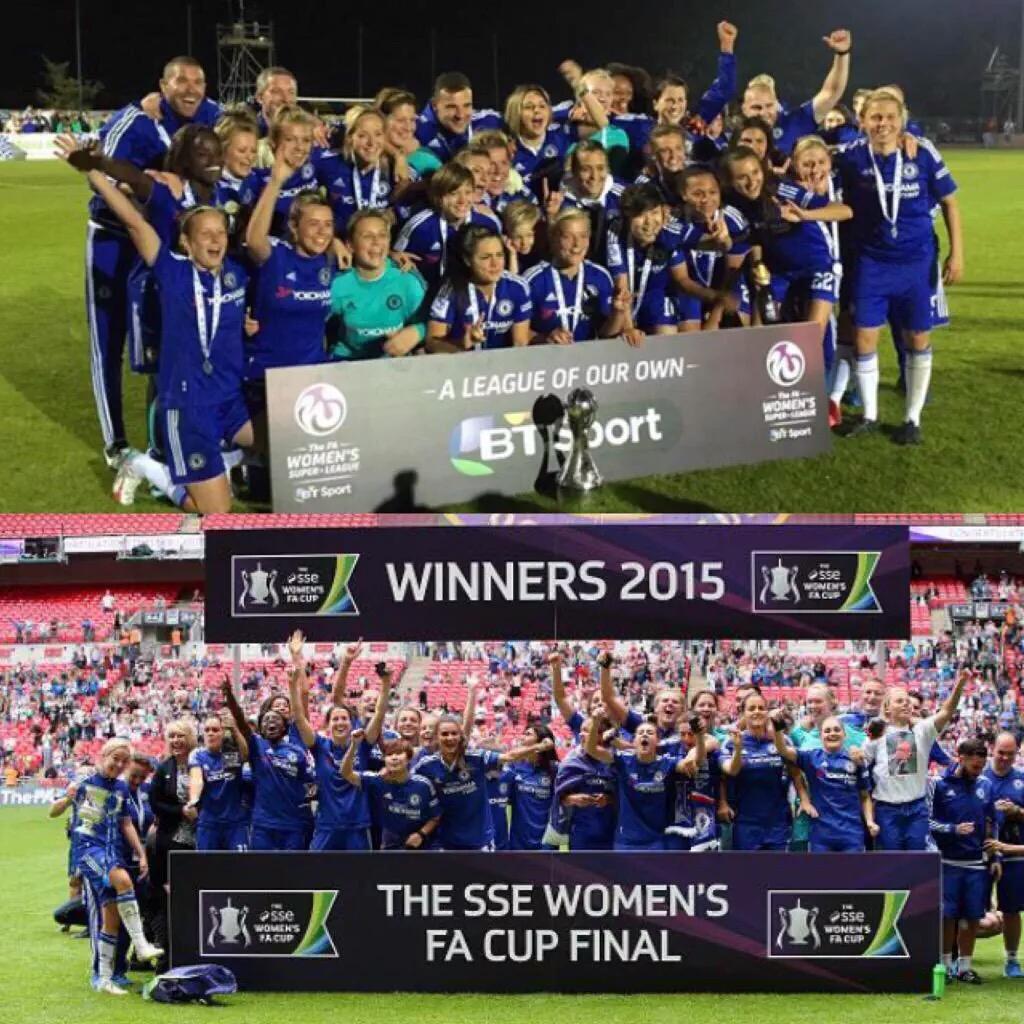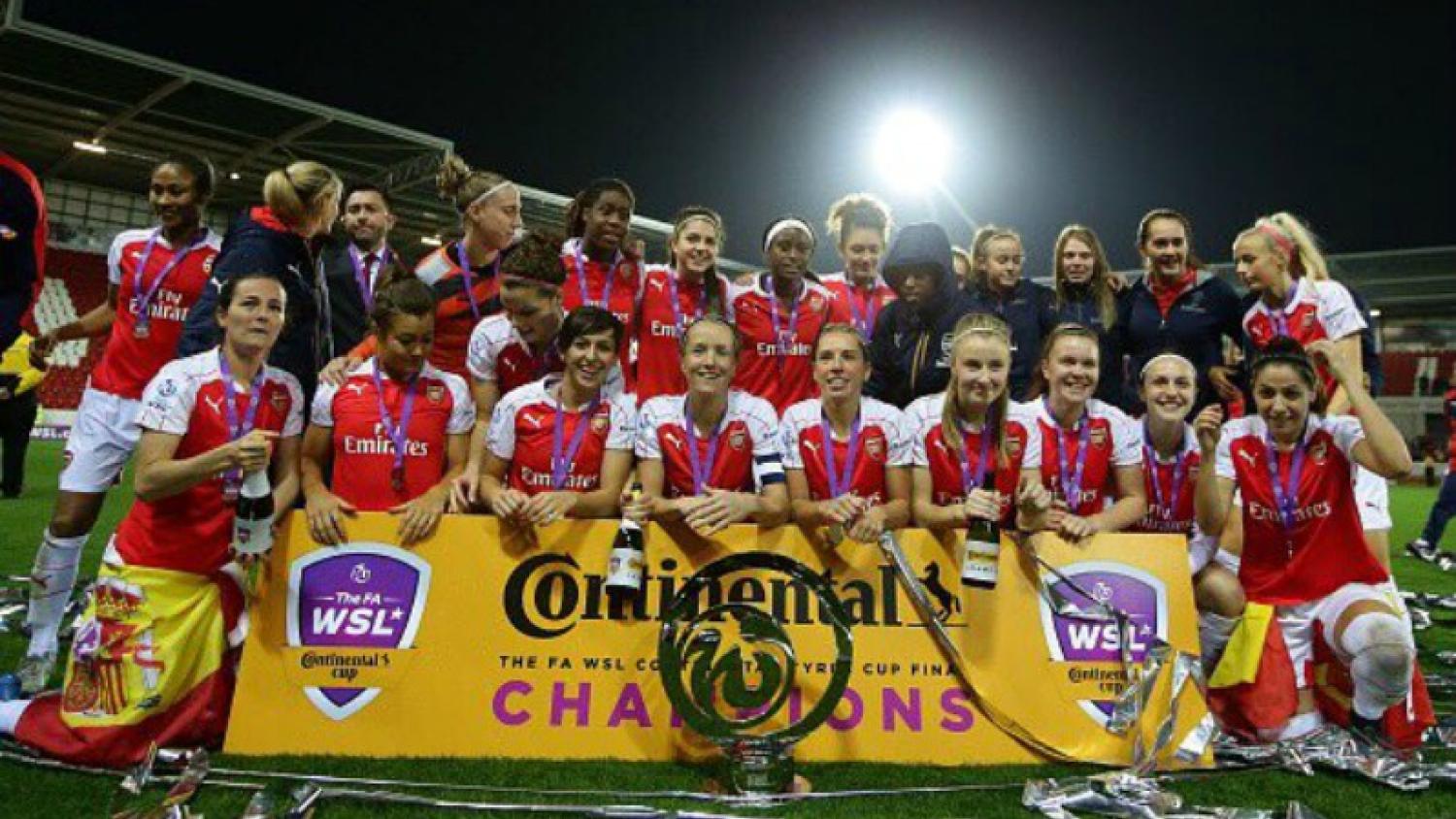It is hard to think of women’s soccer in the USA without Abby Wambach’s face (or perhaps, feet) immediately coming to mind.
The 2012 Women’s Ballon D’Or winner and 2015 FIFA Women’s World Cup winner has scored 182 goals for the USWNT in 243 appearances, making her the greatest international goalscorer of all time, easily eclipsing Ali Daei who holds the men’s record with 109 international goals.
But while Abby Wambach was lifting the World Cup, England were celebrating their own success: a first ever semi-final and then bronze medals in the 3rd/4th place play-off. Not bad for a team that just two years previously had crashed out of the European Championships without a win.
However, medals are increasingly a marginal part of sporting success for organising bodies: the buzzword now is legacy, and this is exactly the challenge that faces the FA now. What can the FAWSL learn from the NWSL, so that in four years’ time, it’s Steph Houghton and not Carli Lloyd lifting the trophy?
Women’s soccer has not had an illustrious past in England. Indeed, it was even made illegal in 1921 for FA member clubs to allow women to play at their grounds, with the justification that ‘the game of football is quite unsuitable for females and should not be encouraged.'
But this is ancient history, you say, some sort of ludicrous and thoroughly sexist attempt to bolster male self-esteem after the horrors of trench warfare that probably didn’t last five years before everyone realised what nonsense it was. Unfortunately, dear reader, the ban on women’s soccer was only lifted in 1971.
After playing in front of crowds of 53,000, as in the case of the Dick, Kerr Ladies FC and St. Helens’ Ladies game at Everton’s Goodison Park in a 1920 Boxing Day match, the beautiful game was abruptly shorn of the fairer sex and women’s football was kept out of the public eye.
Considering that the NWSL average attendance in 2015 was 5,046 fans per game, over double the best ever league attendance in the FAWSL (2,057 fans came to Notts County vs Liverpool), there is evidently work to be done on marketing the product of women’s soccer before it can return to its previous levels of popularity.
A US women’s professional soccer league has existed under a number of names, the most recent incarnation being the NWSL. Here once again, we can see how the USA is streets ahead of England in its construction of a high-quality league: each team is allowed to call on the services of USWNT, Canada and Mexico internationals (allocated players, where the league decides where they should go), foreign internationals (four spaces on the 20-woman rosters were available in 2015) and domestic players (often coming from college drafts).
This approach ensures that the next generation of US talent is in contact with both domestic and international stars, an invaluable learning experience. Contrast this with the FAWSL’s two division system, where relegation and promotion can be seen as incentives for coaches to be more conservative with their approach to youth development.
The result is that rather than an environment where young players are given the space to improve amongst experienced professionals, English girls are offloaded into a Development League, where the standard of soccer is lower, instead of being risked in the FAWSL where in the financially weak women’s game, relegation can mean the end of a club as a professional outfit.
Mark Sampson, the current England coach, unwittingly hit the nail on the head when he referred to Fran Kirby as ‘our mini-Messi.' Whereas the USWNT can point to Hope Solo, Abby Wambach and Carli Lloyd as recognisable faces of women’s football, the point of reference for England’s Lionesses remains the international men’s game.
These role models offer inspiration to thousands of young girls across the United States, and have been doing so for years, whereas names like Lucy Bronze, Karen Bardsley and Steph Houghton are only just beginning to enter the mainstream public consciousness.
The USWNT players’ profiles ensure that the domestic talent pool of young athletes think of women’s soccer rather than track and field, or perhaps swimming, as the link between global success and the US women’s game is well-drawn.
When English girls cast around for sporting role models, women like Dame Kelly Holmes, Denise Lewis, Victoria Pendleton and Jessica Ennis-Hill have a far higher profile than England’s Lionesses. The FAWSL and the FA are in need of similar stars in order to procure the best female athletes for soccer, and thus begin the virtuous circle of an increasing talent pool and increasing international success.

Chelsea Ladies pick up the FAWSL league title in addition to the Women’s FA Cup in 2015. Photo: @ameiwald2 | Twitter




